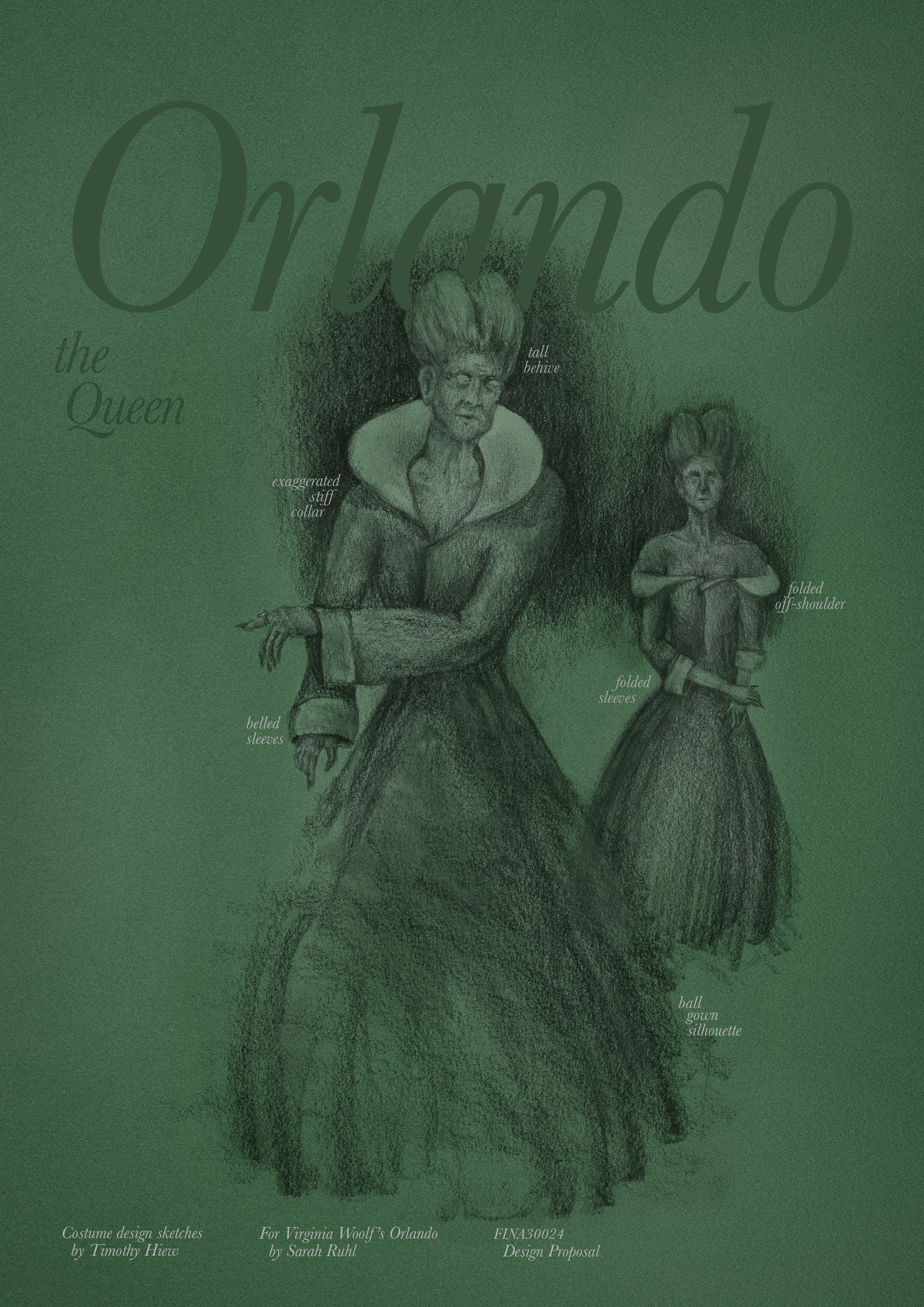Set
Crossing over elements of graphic and performance design, the approach toward the set transcends the mutual exclusivity of a flat digital screen versus working in a three dimensional physical space.
The process involved collaging iterations of steps, discovering configurations that provided the needs of the script, whilst provoking a sense of vast endlessness that reaches far beyond the venue. With such an expansive set, the world of the play represents the eccentric nature of the text; it draws and stretches asymmetrical, unnaturalistic, staggering forms to provide a space for actors to play in.
It is all about the journey, where obstacles, or a change in direction molds a person. It is about constantly moving, through space and through time. As staircases are transitional spaces in architecture, these steps are both a visual and symbolic guide to suggest a bibliographical narrative across centuries.
Light
The overarching concept for the lighting design proposal is that it serves the purpose of populating the set with colour and saturation as the play progresses throughout the centuries. It transforms an all-white form into fields and planes of colour, immediately morphing the world of the play into one that is theatrical and synthetic. It works by pushing and pulling edges, flattening and blurring steps, to create a range of contexts. Its versatility is informed by the angle, volume, intensity and hues of light entering from all around the set that creates an explicitly graphical composition.
Timothy Hiew

Email } timothyhiew@gmail.com
Graphic Design / Performance Design
With a passion for multidisciplinary art, Timothy's creative practice is often experimental as he constantly explores the in-between of established art forms. Having graduated from the University of Melbourne with a double major in Graphic Design and Performance Design, his approach toward design seeks to bridge digital and analogue means of creating, generating new forms of expression that are graphical yet spatial.
As an emerging freelance graphic designer, Timothy specialises in conceptualising and creating brand identities, design systems, illustration, art direction and exhibition design. His interests also lie in photography, sustainable design, drawing and painting.
Orlando

















